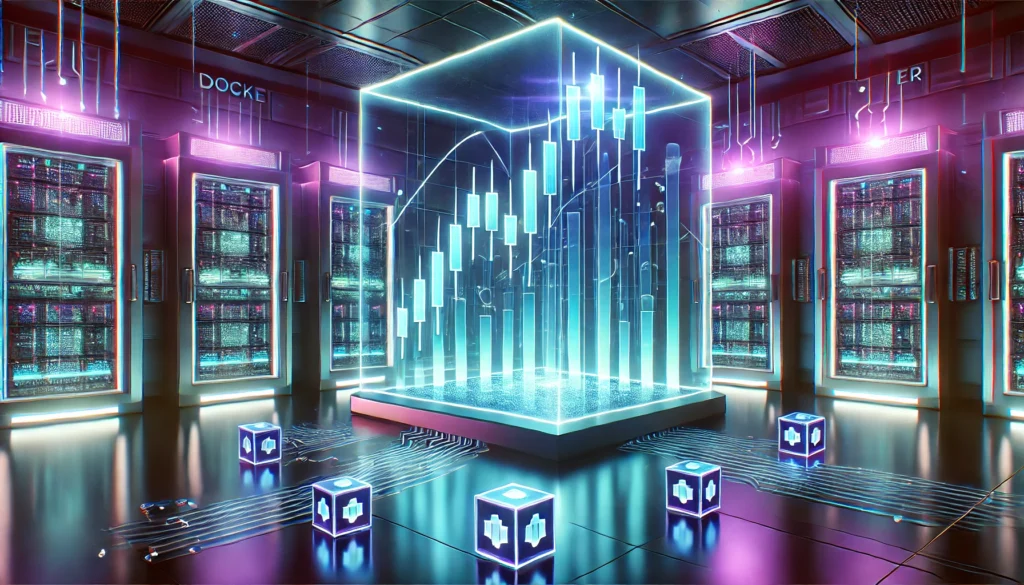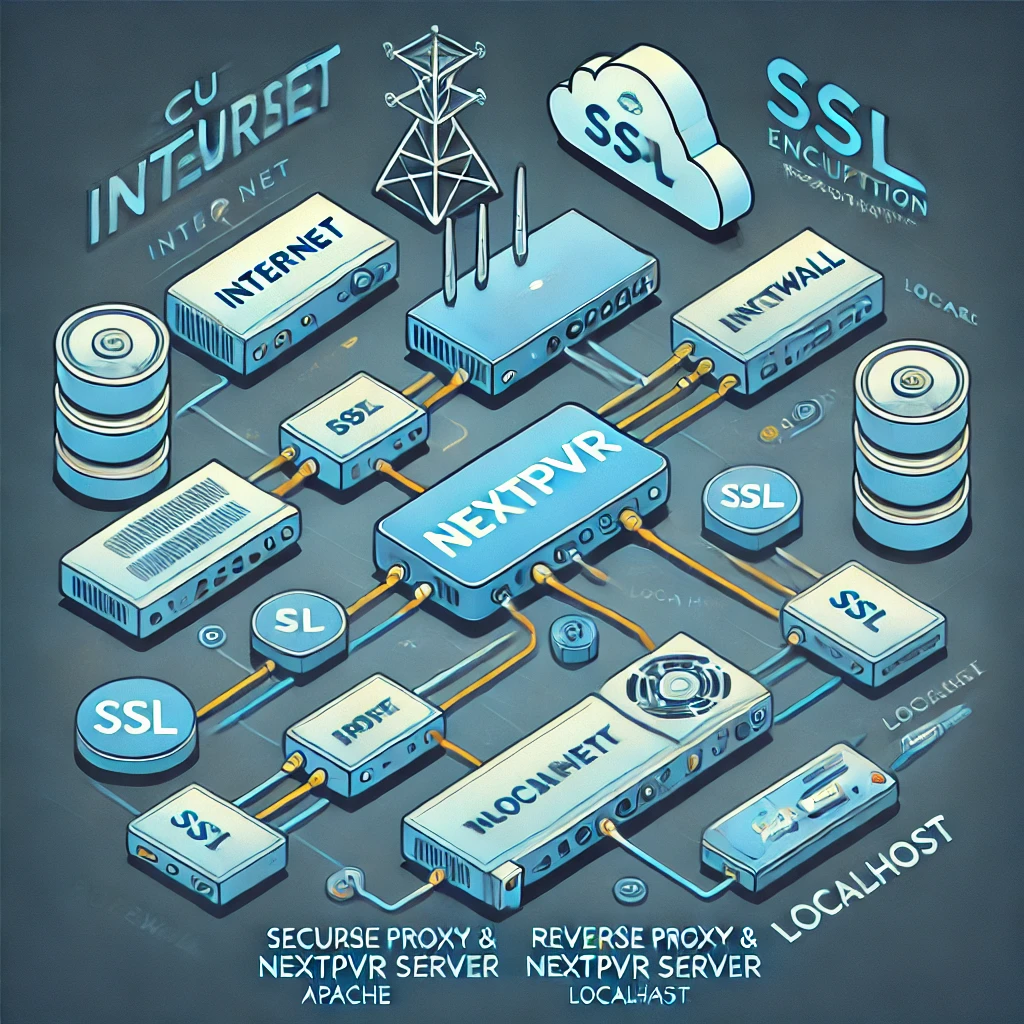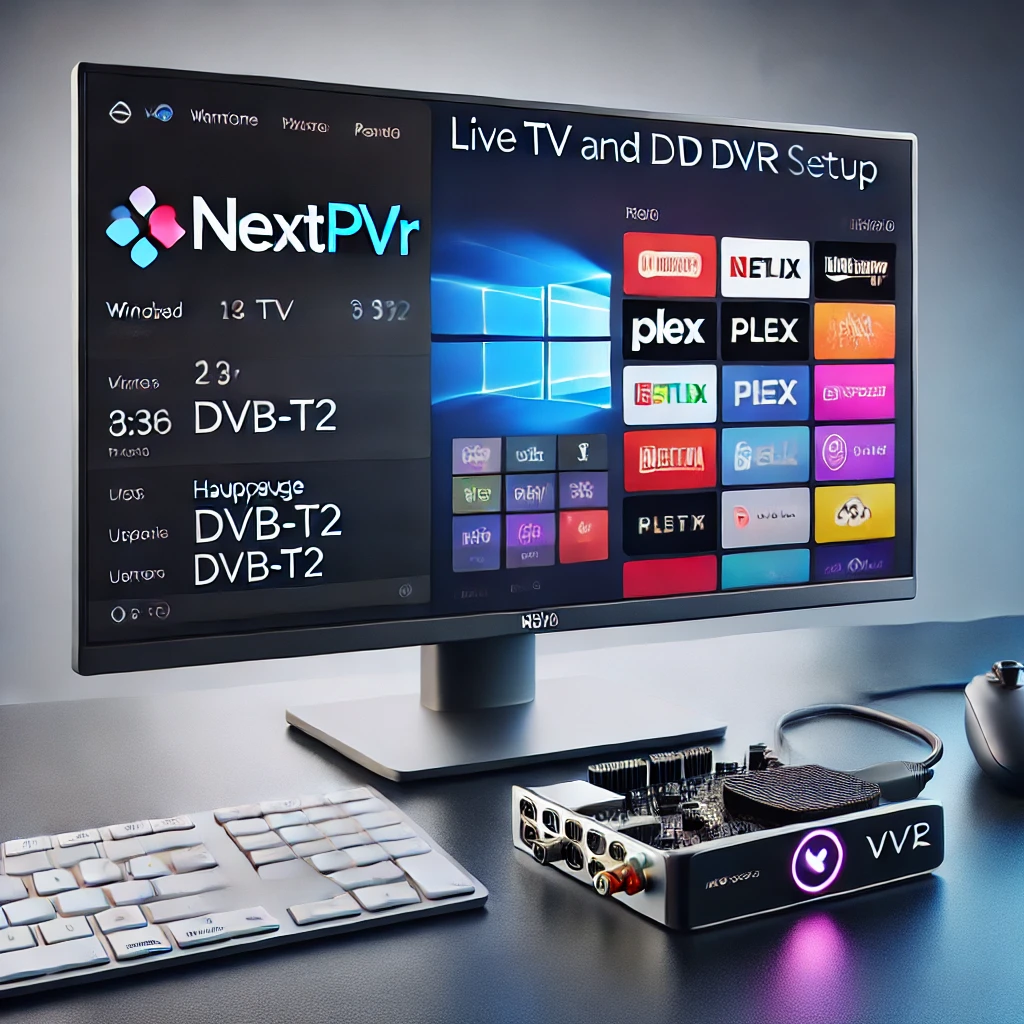Imagine for a moment that you’re watching the relentless flow of financial data on your screen. Every uptick, every price shift, is like a puzzle piece falling into place. What if you could assemble all those pieces into a coherent strategy—one that learns, adapts, and trades on your behalf? That’s precisely what I set out to do in my home lab: create an AI-driven trading system that fuses deep financial analytics with modern machine learning, all while running on a repurposed TV box.
The Spark: Where Curiosity Meets Necessity
I’ve always been fascinated by the idea of harnessing raw data and turning it into real-time decisions. Financial markets offer the perfect testbed: they’re rich in signals, complex, and perpetually evolving. The question was: Could I build a system that thrives in this dynamic environment, learns continuously, and operates on minimal hardware?
The answer emerged as a synergy of old hardware, Docker containerization, a versatile multi-output LSTM model, and a robust risk management framework. In the end, I did it simply because I could—I had the time, the curiosity, and a hunger for innovation. If you share that same spark, read on.
Vision: Fusing Financial Insights with Machine Learning
The foundation of this project is straightforward: merge traditional technical analysis with a self-improving AI. I began by collecting five years of historical market data for BTC/USDT—often referred to as OHLCV (Open, High, Low, Close, Volume). These five data points capture each interval’s essential trading information. Layered atop that raw data are a variety of indicators—RSI, MACD, Bollinger Bands, ATR, OBV, ADX, and more—that help interpret price momentum, volatility, and market sentiment.
- RSI (Relative Strength Index): Gauges momentum by comparing the magnitude of recent gains and losses, highlighting potential overbought or oversold conditions.
- MACD (Moving Average Convergence Divergence): Tracks momentum shifts by comparing two moving averages of price, plus a signal line.
- Bollinger Bands: Wrap the price in an upper and lower envelope based on volatility, hinting at potential breakouts or reversals.
- ATR (Average True Range): Measures how much the price typically moves, capturing volatility.
- OBV (On-Balance Volume): Combines volume and price changes to reveal buying or selling pressure.
- ADX (Average Directional Index): Reflects the strength of a trend, regardless of its direction.
All these indicators become a 12-dimensional feature vector, letting the model “see” short-term momentum, longer-term trends, volatility, and volume dynamics. That’s essential in a market as fast-paced and unpredictable as cryptocurrency.
Architecture Overview
Continuous Training Pipeline
Data & Features
A script fetches fresh OHLCV data from Binance using CCXT, enriching each data point with the indicators above. This results in a 12-dimensional snapshot of the market at every interval.Normalization & PCA
- Normalization: Scales each feature so that indicators (e.g., price vs. RSI) share a comparable range.
- PCA (Principal Component Analysis): Reduces dimensionality while preserving about 95% of the variance, ensuring the model focuses on core signals rather than noise.
Multi-Output LSTM Model
- LSTM (Long Short-Term Memory): Perfect for sequential data like time-series prices, retaining context across training batches.
- Attention Mechanism: Highlights the most relevant time steps, boosting interpretability.
- Outputs:
- Classification (4 classes): Strong/moderate bullish and moderate/strong bearish.
- Momentum: A single float, offering a continuous measure of trend strength.
- Volatility: Now included to help gauge market uncertainty and adjust position sizing accordingly.
Retraining & Calibration
Because markets evolve, the pipeline periodically retrains on fresh data and applies temperature scaling to calibrate classification probabilities. This calibration now runs for only around 10–20 epochs (down from 100), recognizing that tuning a single temperature parameter converges quickly. Both the model and PCA transformer are saved to a shared Docker volume.REST API Server for Inference
Model & Transformer Loading
A Flask app loads the trained multi-output LSTM and PCA transformer from the shared volume, replicating exactly the transformations used in training.Flexible Input Handling
Whether the input is a single data point or a batch of raw features, the server applies PCA if necessary and reshapes data to the model’s stateful batch size. Debug logs ensure transparency at each step.Multi-Output Predictions
Themodel.predict(...)call returns classification probabilities, a momentum value, and—newly added—a volatility value. These outputs enable the trading bot to make more nuanced decisions:- Classification: Guides whether to buy or sell.
- Momentum: Provides a continuous measure of trend strength.
- Volatility: Informs dynamic adjustments to position sizing and trade frequency.
Event-Driven Trading Bot
Live Market Feed
The trading bot listens to a Binance WebSocket for real-time BTC/USDT price updates and can execute trades (in paper or live mode) via exchange APIs.Feature Computation & Prediction
As prices flow in, the bot computes the same 12-dimensional feature vector used during training and queries the REST API server. The API’s multi-output predictions—classification, momentum, and volatility—drive the trading decision.Enhanced Risk-Aware Execution
The trading logic has been dramatically improved:- Continuous Scaling: Both buy and sell decisions are now governed by continuous scaling functions. Rather than relying on binary thresholds, the bot adjusts its discount factors for buying and urgency for selling in a smooth, data-driven manner.
- Dynamic Position Sizing: A volatility-based sizing factor is calculated via linear interpolation, replacing fixed multipliers. This ensures that in low volatility markets the bot can be more aggressive, while in high volatility periods, it scales back exposure.
- Adaptive Cooldown: The waiting period between trades now dynamically adjusts based on market volatility. In periods of high volatility, the bot pauses longer between trades to mitigate risk.
- Kelly Criterion Integration: The system incorporates a fractional Kelly criterion to compute an optimal position size based on an estimated edge and variance. This Kelly-based size is blended with the fixed-fraction sizing to ensure robust risk management.
- Risk Management: Stop-loss and take-profit thresholds protect capital and lock in gains. Every trade is logged in an SQLite database for accountability and analysis.
Deployment & Infrastructure: Breathing New Life into Old Hardware
One of the most gratifying parts is running all this on a once-forgotten TV box. After installing Ubuntu, adding CasaOS for Docker management, and enabling NAS functionality, I ended up with:
- Cost Efficiency: No expensive servers—just old hardware, Docker, and CasaOS, yielding a surprisingly powerful environment.
- Containerization: Each component—training pipeline, REST API, trading bot—runs in its own Docker container, simplifying updates and scaling.
- NAS & CasaOS: CasaOS elegantly manages Docker volumes, storing models, logs, and data on the repurposed device.
Financial & Risk Management: The Beating Heart of Intelligent Trading
Technical Indicators & Signal Extraction
The model’s foundation is a tapestry of financial metrics, each capturing a distinct market dimension—trend, momentum, volatility, volume, etc. By merging these signals into a single vector, the system obtains a 360° perspective on the market, akin to having multiple experts advising simultaneously.
Decision Logic & Safeguards
The REST API’s multi-output predictions include:
- A 4-class classification for trade direction.
- A momentum value indicating the strength of the trend.
- A volatility value that quantifies market uncertainty. By combining these outputs:
- Classification directs the trade (buy/sell).
- Momentum fine-tunes the decision, modifying discount factors in a continuous manner.
- Volatility adjusts both the trade size (via dynamic scaling) and the frequency of trading through adaptive cooldowns.
- Kelly Criterion Sizing further refines position sizing, ensuring that risk is managed optimally based on an estimated edge.
Real-Time Alerts and Logging
The bot sends alerts via Telegram for every trade execution, balance update, and error, keeping me informed in real time. Detailed debug logs ensure each component’s behavior is transparent and easily diagnosable if issues arise.
Persisting the Best Hyperparameters
To accelerate hyperparameter tuning over time, the pipeline stores the best hyperparameters from each training session in a SQLite table. When the next session starts, those hyperparameters are used as a starting point, ensuring continuity without reloading the entire tuner state. Expanded search ranges and increased tuning trials (e.g., up to 128 filters, 256 LSTM units) allow Bayesian Optimization to thoroughly explore the parameter space.
Final Thoughts: Because…Why Not?
Ultimately, I built this AI-powered trading lab because I could—because I had time, spare hardware, and an appetite for experimentation. The result is a system that continuously learns from five years’ worth of market data, adapts to real-time changes, and executes trades with robust risk management. All of this runs on an old TV box that once simply streamed media.
Whether you’re a financial analyst looking to quantify market insights, a programmer diving into sequential neural networks, a DBA championing persistent data logging, or a deployment specialist exploring Docker containers—this project proves that innovation can spring from unexpected places. Sometimes, all you need is curiosity, open-source software, and a willingness to try.
Happy Trading and Innovating!



